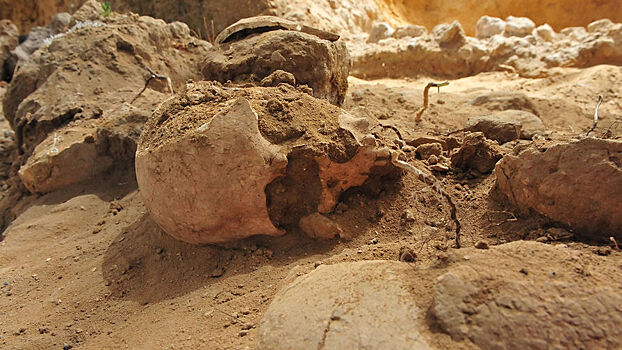The team of international scientists discovered that people used the remains of people in Western Europe both in prehistoric times and in the following centuries. The reasons for this practice are from food needs to religious and medical rituals recorded in different historical stages. In the Middle Ages, eating human meat was distributed during hunger, war and other social disasters. This is reported by the conversation portal.

Pay special attention to eating human meat as a form of medical practice, where some parts of the human body are considered as a medical means. For example, from the end of ancient Roman times, at the beginning of the Middle Ages, the law banned the breaking of tombs or materials for drugs, such as blood from the body.
With the spread of Christianity, the guidance on the repentance has been compiled, in which, among other things, the ban on human blood and other body liquids has been mentioned. These prohibited orders, especially women who are considered to be a crime of using male blood or seeds to treat diseases.
The attitude towards human eating in Christian tradition is vague. At the beginning of the Christian era, the legends were formed, according to which Christian rituals, such as the Eucharist, were considered a human -eating act, because they mean the application of “the flesh of the Lord Christian “. Such accusations have also been sent to Jews and monks, like Catarios.
However, over time, eating human meat in Christian culture has been transformed. Specifically, in the Middle Ages, the form of communication of the cannibalist appeared, when the relics – part of the body of the saints or materials in contact with their bodies – used as a source. Healing. This phenomenon, called Hagiophagia, (the absorption of the Holy remains), has replaced Tapathophagy (the absorption of the body of the dead).
An example is the story of how Konstantin emperor, leprosy, is said to have tried to recover and bathe in the blood of children. The legend said that Saint Sylvester had stopped him from practicing this brutal practice, instead of giving a baptism, which was thought to have miraculously healed the Emperor.
In the 19th century, the belief in the healing properties of the human body parts, such as fat and blood, continued to exist. These practices are intertwined with romantic literature, describing vampires and other creatures that yearn for blood and flesh. At the same time, meat -eating in Europe did not disappear with the birth of Christianity, but changed, and eventually had other forms, such as an appeal to the di. The legend of the saints is considered a source of healing and miracles.